REVIEW – Caught in a crossfire of doubts and hopes, Remnant II returns to captivate us again with its post-apocalyptic universe. Advanced mechanics, deeper systems, and new challenges characterize this sequel, evoking a mix of joy and disappointment. Was it worth rising from the ashes again, or are we just struggling in the shadow of past success? Read on to find out!
Every successful sequel, like Assassin’s Creed II, has its counterparts that barely scrape the surface of success. Either the full potential of the project remains untapped, or new issues are introduced that were not present in the original game. These latter ones bring both joy and disappointment.
Remnant II, the surprisingly successful sequel to Remnant: From the Ashes, falls into this category. In contrast to the original PS4 version, it incorporates more mechanics and deeper systems, but the larger environment complicates navigation and direction. Gunfire Games certainly presents an improved sequel, but it’s hard not to think about how much better it could have been.
The game’s biggest asset and main weakness is the overgrowth of randomly generated content. Indeed, just like in the first game, nearly every aspect of Remnant II is random. Two players may find themselves in entirely different worlds, undertaking different missions, and encountering different bosses and enemies. Starting a new game essentially creates your own campaign, which can be regenerated at any time if you feel the path you’ve trodden so far isn’t the best.
A world crafted by the whim of fortune…
The phrase “procedural map generation” may induce headaches in many (it sounds daunting), but the solution chosen by Gunfire Games is certainly noteworthy – to a certain extent. You could say that Remnant II lays before us a vast palette of diverse campaigns; replayability is definitely one of the standout pillars of the gaming experience. Randomizing the story, characters, and locations allows us to continually discover new facets of the campaign – further amplified by the diversity of different character classes and the systems surrounding them.
However, the randomness eventually hits its own boundaries, and this can be felt in both the story and the user interface that ties together the whole experience. Returning characters from the first game, the central area of Ward 13, and the vendors are identical for all players, no matter how unpredictable our generated campaign may be. We visit monster-infested locations using the World Stone, where you and up to two friends can tackle missions in online co-op mode.
The story rarely offers lasting impressions, quickly becoming bland as you find yourself just clicking through boring dialogues to return to the main action. Therefore, randomizing the story didn’t quite hit the mark – it never manages to create anything beyond shallow twists, which is unsurprising and in today’s AI-centric world, even amidst the “reign” of ChatGPT, it is reassuring that the human brain is still very much needed.
The most annoying aspect, however, isn’t the poorly generated random story, but the game’s “passive approach” when trying to navigate the labyrinth of randomly generated worlds and mechanics. The UI often feels incomplete, with a confusing, cluttered map and poorly visible markings, which appear and disappear as unpredictably as the various random environments hidden behind the World Stone.
Our map gets lost in the fog… and the user interface occasionally confuses
The map uses a fog-of-war system, where only areas you’ve visited are filled in, and general directions to your main objectives are marked by icons above gates at the edges of areas. The annoyance comes from these objective markers, which tend to change haphazardly and don’t always alert you if you’ve gone the wrong way or discovered an optional area. The game lacks an elegant solution like in Dark Souls, where the main path naturally emerges, eliminating the need for a map that only wastes time when it misleads you into thinking you’re going the right way.
This intuitive approach extends to the game’s central location, Ward 13, where randomly appearing NPCs and important vendors are treated the same – it’s almost impossible to distinguish them without engaging in lengthy conversations – a rather tedious activity. The user interface could also help here: although the game sometimes alerts you that it’s worth updating your outdated weapons here, other times it doesn’t. This results in returning to base being a bigger task than it should be; it’s like stumbling upon new game mechanics and features by accident, instead of the game intelligently introducing them when needed.
However, these flaws almost entirely fade away during the game’s thrilling showdowns. The game is a genuine third-person shooter offering exciting action, and once you get a taste, you almost become addicted to defeating the myriad of monsters. The aiming and control work excellently on PS5, and the dynamic – though not easy – gameplay keeps your adrenaline pumping throughout.
Familiar elements – without shameless imitations and rip-offs
Naturally, the game’s structure follows traditional methods: sections typically conclude with monster defeats, battles with main adversaries, solving mysteries, and achieving a specific goal. Although Remnant II bears a striking resemblance to Bloodborne, it does not blatantly rip-off every little detail characteristic of games that emulate FromSoftware. For instance, here you don’t lose anything upon death: all your gear, money, and experience stay with you, you just teleport back to your last checkpoint – though, of course, the creatures you defeated are resurrected.
The real challenge sets in when you come face to face with the main adversaries, many of whom require more than just a barrage of bullets discharged with a simple button press. Remnant II features some ingenious battles, such as main adversaries who hide inside other creatures, labyrinth-like arenas, and dangerous challenges where the ground continually collapses beneath your feet.
The game’s procedural nature means you can never be entirely certain what awaits you on the next level, and this adds even more motivation to try out the different classes. The game allows you to choose from five Archetypes: Challenger, Handler, Hunter, Gunslinger, and Medic. You’ll later be able to unlock a secondary class that provides the abilities and advantages of both play styles. These choices merely signify the beginning of character development, as the new weapons and armors – combined with the Trait system – allow your character customization in numerous ways.
Teaming Up is Much More Fun – But PS5 Support Would’ve Been Nice
Your decisions really gain weight when you start building brutal combinations with different abilities in online co-op mode, forming a team with your friends, and cooperating as a group. However, team building in multiplayer mode on the PS5 version is somewhat cumbersome at launch, with a faulty invite system and confusing match finding options. We can only hope these issues will be addressed promptly.
Further disappointment was that the PS5 version does not support the DualSense controller. Though shooting remains enjoyable throughout, it never exceeds the usual vibration and button-pressing functions – the adaptive triggers are not utilized at all. This is mildly disappointing, especially considering that the game is only available on the current generation of consoles, but the good news is that the default settings basically manage to maintain 60 frames per second. There are options to enhance the visual experience or unlock the framerate entirely, but opting for a middle ground offers the smoothest gameplay experience.
The only snag is that Remnant II does not deliver the best visual experience. Despite running on Unreal Engine 5, it looks outdated compared to its contemporaries on the PS5, with a lot of blurry textures and low-quality character models. While some environments look grandiose and beautiful from afar, they elicit nothing more than a sad tear up-close due to the last-gen-reminiscent, inferior graphics.
Better than the predecessor, but room for improvement remains
Remnant II outdoes its predecessor in almost every aspect, however, the extensive use of procedural generation comes with certain difficulties. Navigation is more complex than it needs to be, and the user interface leaves something to be desired. Nevertheless, during action-packed moments, Remnant II offers a gratifying shooting experience, with profound character customization options allowing you to set up diverse tactical arrangements. If you involve a few friends in the online co-op play, this new action-RPG could easily become your new favorite.
-BadSector-
Pro:
+ Exciting, adrenaline-pumping action, proper RPG part
+ Varied tracks and tasks
+ High replay value
Cons:
– The user interface could be much better
– Boring story
– Disappointing visual experience
Publisher: Gearbox Publishing
Developer: Gunfire Games
Style: Action, adventure, RPG, souls-like
Release: July 25, 2023.
Remnant II
Gameplay - 8.2
Graphics - 7.1
Story - 5.5
Music/Audio - 6.8
Ambience - 8.4
7.2
GOOD
Remnant II outshines its predecessor in every way, but the clumsy map and user interface still leave a lot to be desired. However, in the heat of the game, it provides a truly exciting and gratifying shooting experience. Detailed character customization also allows players to try out various abilities and styles."

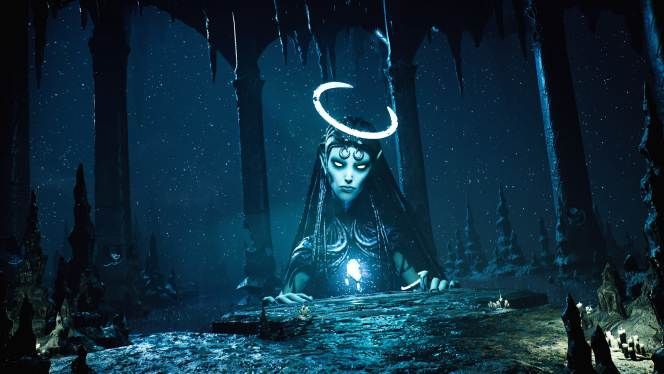
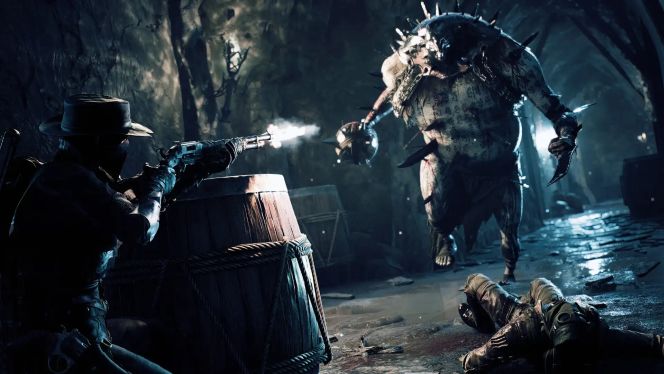
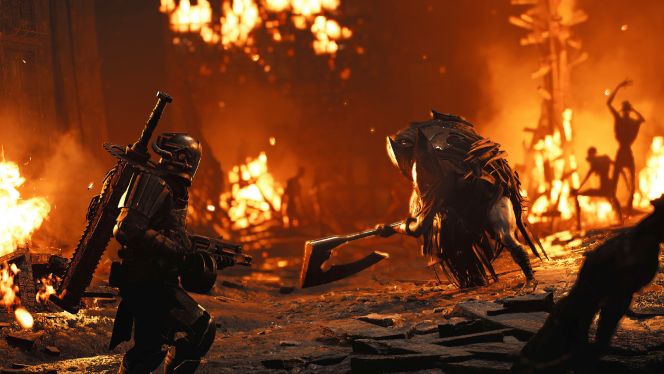
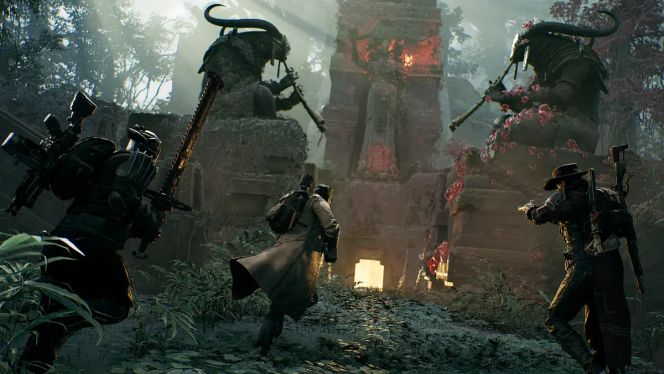
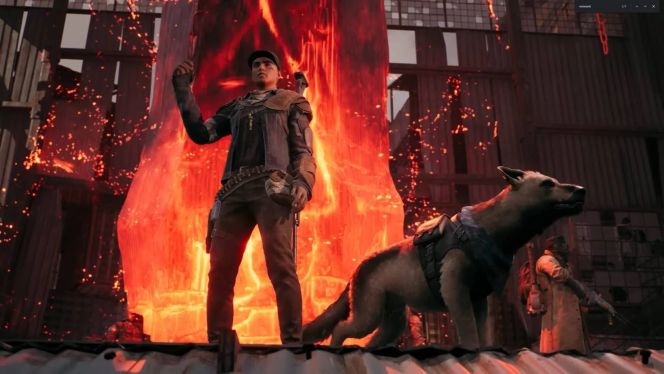



![[TGA 2025] Diablo IV: Lord of Hatred: A Character Class Returns! [VIDEO]](https://thegeek.games/wp-content/uploads/2025/12/theGeek-diablo-4-expansion-2-lord-of-hatred-paladin-skovos-horadric-cube-302x180.jpg)
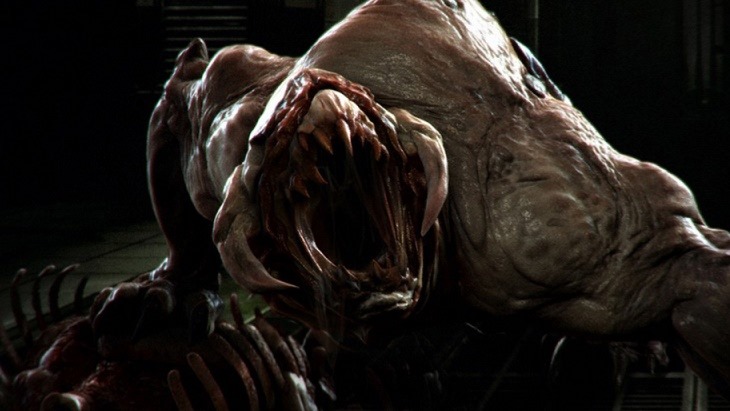
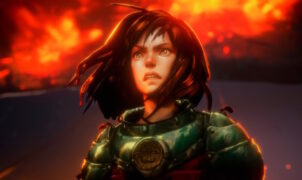





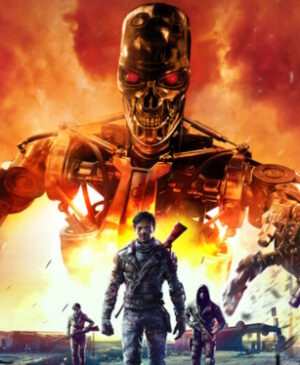
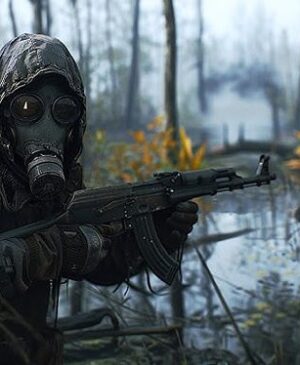
Leave a Reply